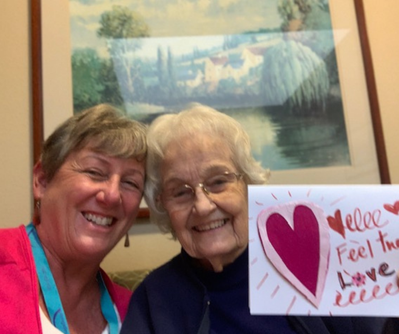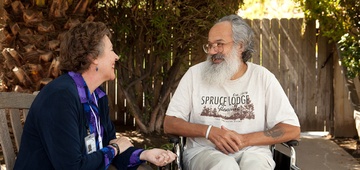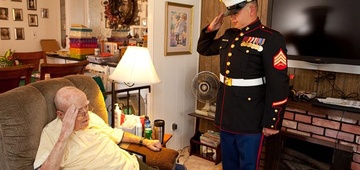
A Shining Light
The stresses of the hospice journey can be an overwhelming time for both patients and their families. "As a hospice volunteer, it's about being there, supporting, and helping however we can," says Charisse, a longtime volunteer with LightBridge. Hospice volunteers provide emotional and social support in these times of need. From simply being with a patient allowing family members some respite, or providing any of the many integrative therapies made available through the LightBridge Hospice Community Foundation, hospice volunteers are a light that shines during some of the darkest days in one's life.
Qualifications
At LightBridge, each volunteer goes through a thorough interview process to determine personal strengths and preferences; this is beneficial when matching a volunteer with a patient in the field. They then complete a comprehensive training program to help prepare them for working one-on-one with patients and their families. There are so many aspects of hospice volunteer work; it's really about finding out what one's passion is and learning how best to share it with others.
LightBridge goes to great lengths to ensure that each volunteer is equipped to meet their patients' emotional and social needs. Examples include training in aromatherapy, understanding the needs of a patient who has dementia, and even specialized training to understand the unique circumstances of our military veterans.
Training
One of the unique training programs LightBridge offers to its volunteers is called "The 11th Hour Program". This program is most often made available at the request of family members. A volunteer will sit with the patient in the time leading up to their passing, so they are not alone in their final hours and even minutes. Volunteers have described this work as profoundly rewarding and life-giving to both themselves and family members.
Other LightBridge programs in which hospice volunteers receive special training to participate include Healing Touch, Expressive Arts, Supportive Music, delivery of simple gifts, and participation in veteran honor ceremonies. All of these integrative programs are designed and available to benefit the diverse needs of patients.
Support
In addition to the LightBridge integrative programs, there are a number of ways hospice volunteers also support the patient's needs which can be very individualized- whether it's simply sitting at their bedside or dropping off a meal from a favorite restaurant. In a particular instance, a patient wished to document his memories for his family, so his volunteer wrote down his memories, typed them up, and then delivered them back to the patient. "Whatever the patients need help with, hospice volunteers can help them do what they want to do," Charisse explained. This emotional and social benefit also extends beyond the patient to their caregivers and family. "Sometimes the family just needs a break, or they have to go out and leave for a couple of hours, and the volunteer can go and sit with the patient so that they're not alone," explains Charisse, "volunteer work is emotional support for the family as well as the patient."
Even during the COVID-19 pandemic, which prevented volunteers from entering patients' homes, LightBridge Hospice volunteers were busy making holiday cards and crafts and doing drop-offs for patients and their families to enjoy. As restrictions begin to lift, our volunteers will resume their work in providing enriching integrative therapies and individualized emotional support in the home. For Charisse, volunteer work is something dear to her heart. "From a volunteer standpoint, I personally get as much from the visits as the patient does," she says. "It is incredibly rewarding, and it fills a need in me to feel like I'm doing something that is helpful and that matters- whether that's being there with the patient or being there for the patient's family."



